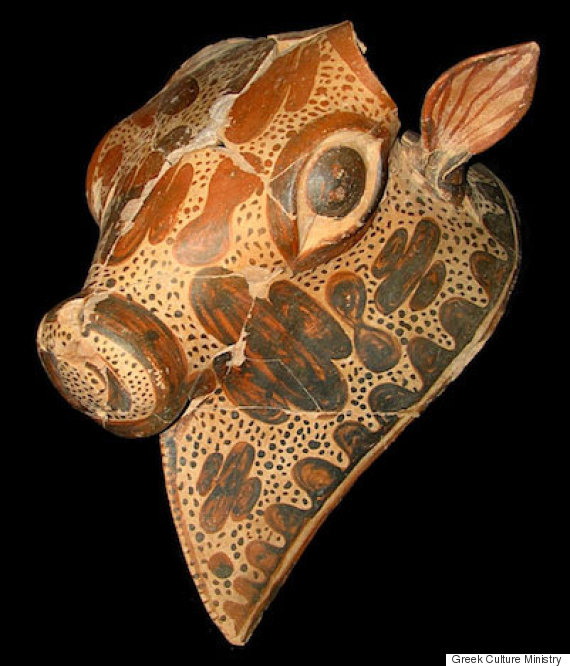-
Tips for becoming a good boxer - November 6, 2020
-
7 expert tips for making your hens night a memorable one - November 6, 2020
-
5 reasons to host your Christmas party on a cruise boat - November 6, 2020
-
What to do when you’re charged with a crime - November 6, 2020
-
Should you get one or multiple dogs? Here’s all you need to know - November 3, 2020
-
A Guide: How to Build Your Very Own Magic Mirror - February 14, 2019
-
Our Top Inspirational Baseball Stars - November 24, 2018
-
Five Tech Tools That Will Help You Turn Your Blog into a Business - November 24, 2018
-
How to Indulge on Vacation without Expanding Your Waist - November 9, 2018
-
5 Strategies for Businesses to Appeal to Today’s Increasingly Mobile-Crazed Customers - November 9, 2018
Archaeologists Discover Ancient Greek Palace
The ancient palace dug out by archaeologists near Sparta appears to have been built sometime around the 17th or maybe the 16th century BC, during Greece’s Mycenaean Age. Other exciting discoveries unearthed on the site, in a hilly area the scene of diggings and discoveries since 2009, include numerous religious artifacts such as a cultic cup with a bulls head upon it, clay figurines, fragments of murals, some with depictions of Gods, and many bronze swords.
Advertisement
“The palace complex of Aghios Vassilios provides us with a unique opportunity to investigate, with the use of modern excavation and analysis methods, the creation and evolution of a Mycenaean palatial center in order to reconstruct the political, administrative, economic and social organization of the region”, Greece’s culture ministers announced in a released statement.
According to the culture ministry, more than 150 archaeological excavations were have been carried out in Greece so far this year, “demonstrating the importance of the archaeological wealth and cultural heritage of the country”. History and other written artifacts such as Homer’s epics, reveal that during the Mycenaean period, Sparta was a flourishing culture.
An archaeologist who studies the Mycenaean culture told LiveScience the find will fill a big gap in the world’s knowledge of Mycenaean Greece, which mysteriously disappeared around 1100 B.C. To really show this is a long-lost Spartan palace, the archaeologists are hoping to uncover the megaron, or the throne room where ancient Greeks held receptions, Haskell said. As per Ancient Times, some researchers think that it is probably the palace of Sparta.
The team has found clay tablets bearing records of financial dealings and religious offerings, as well as engravings of texts from Linear B, the oldest script to be discovered in Europe, The Guardian reported. But researchers say the latest discovery is the most valuable yet.
Advertisement
As per Ancient Origins, the last phase of the Bronze Age was the Mycenaean era in Ancient Greece. A double axe found at the site was seen as confirmation that Mycenae had contact with Crete, since this sort of weapon was characteristic of the Cretan culture.




























